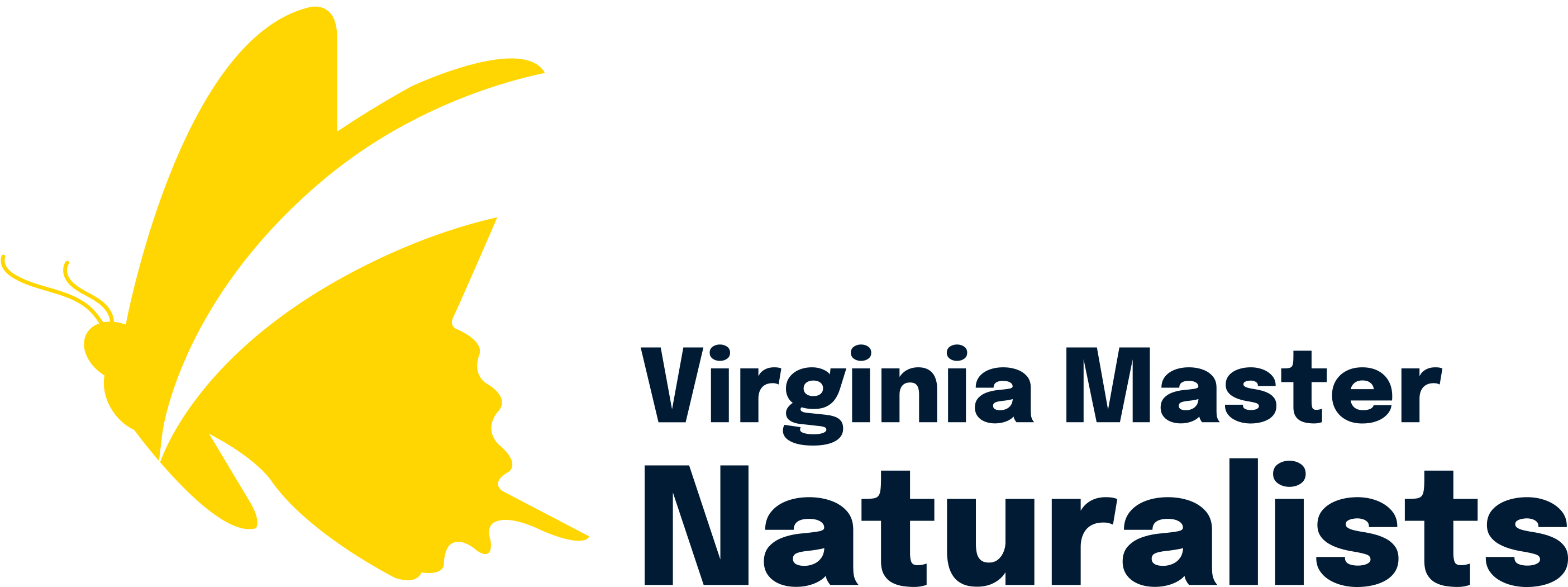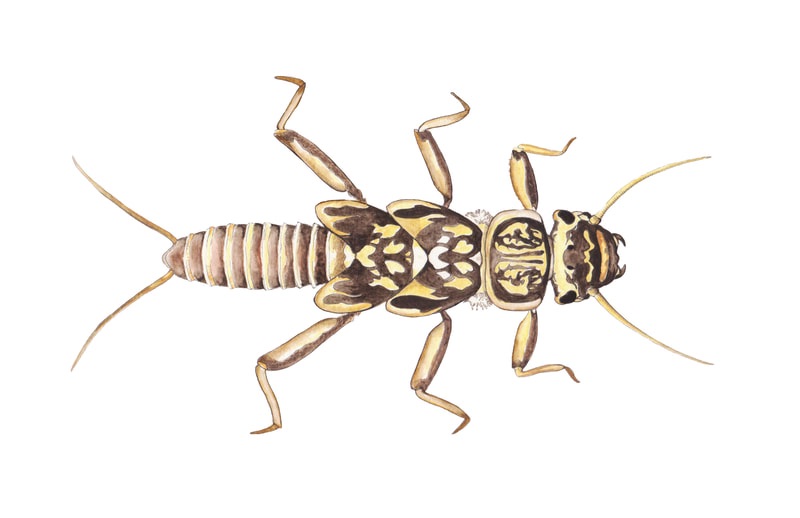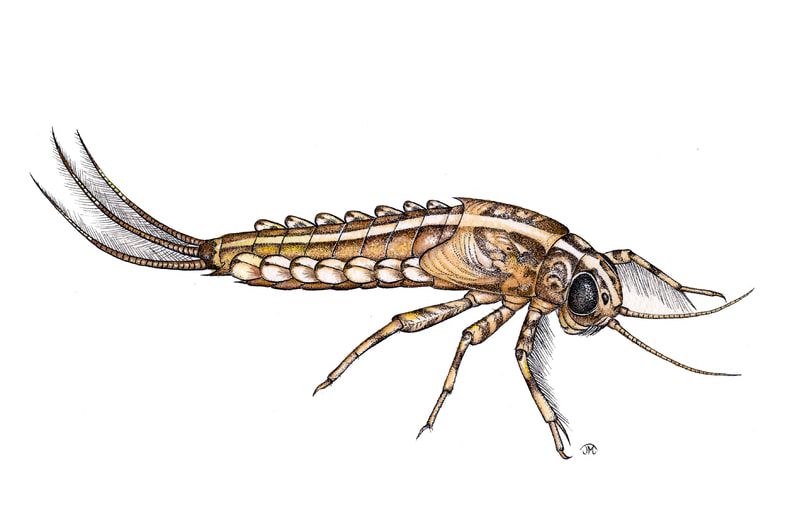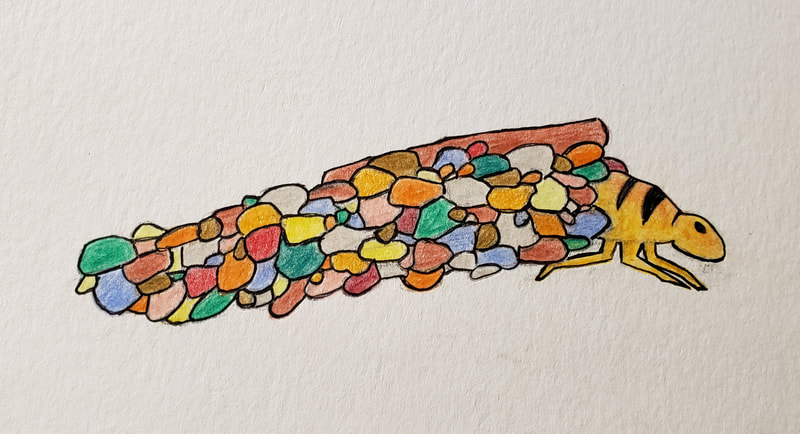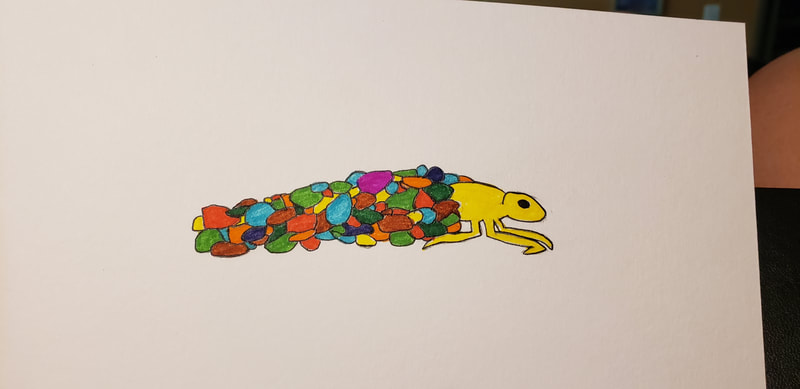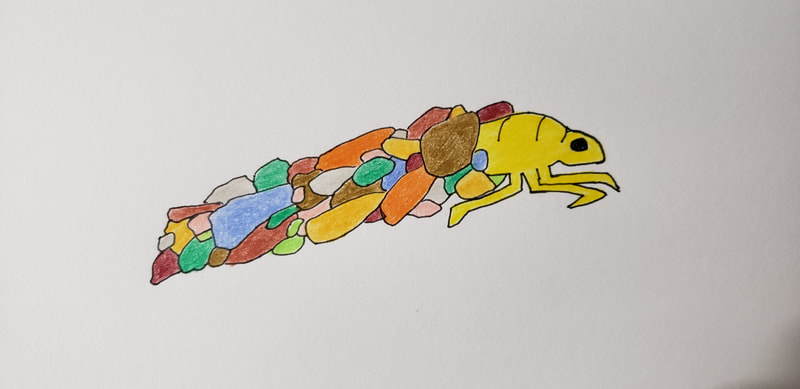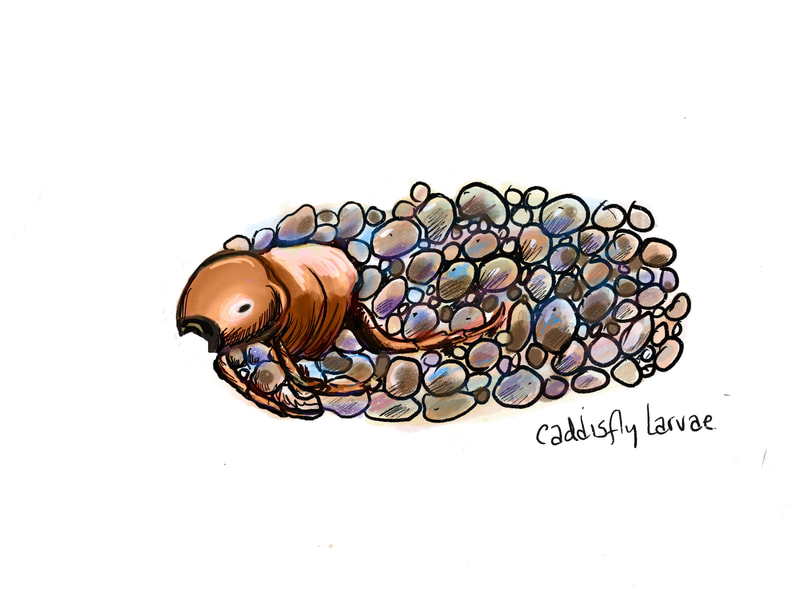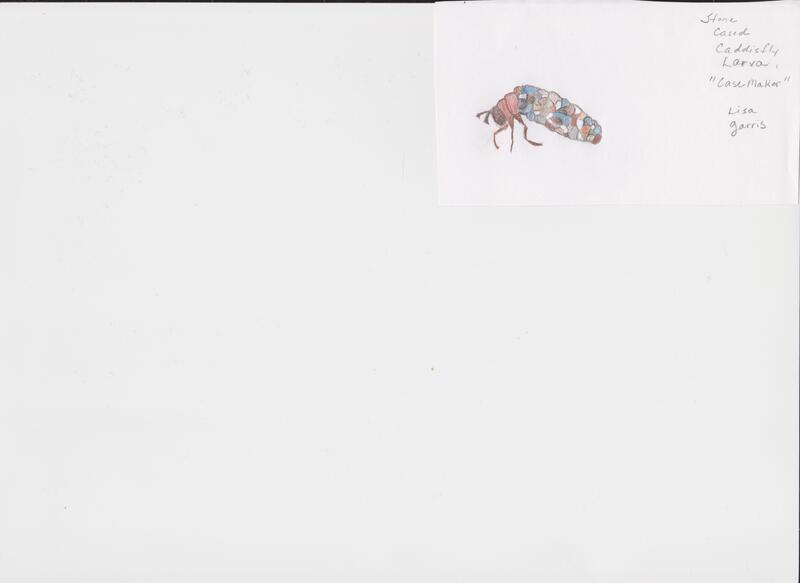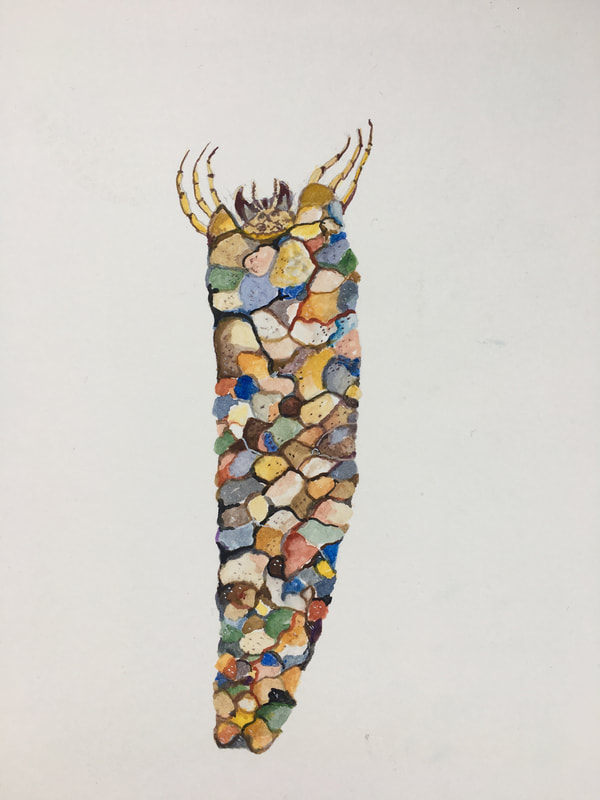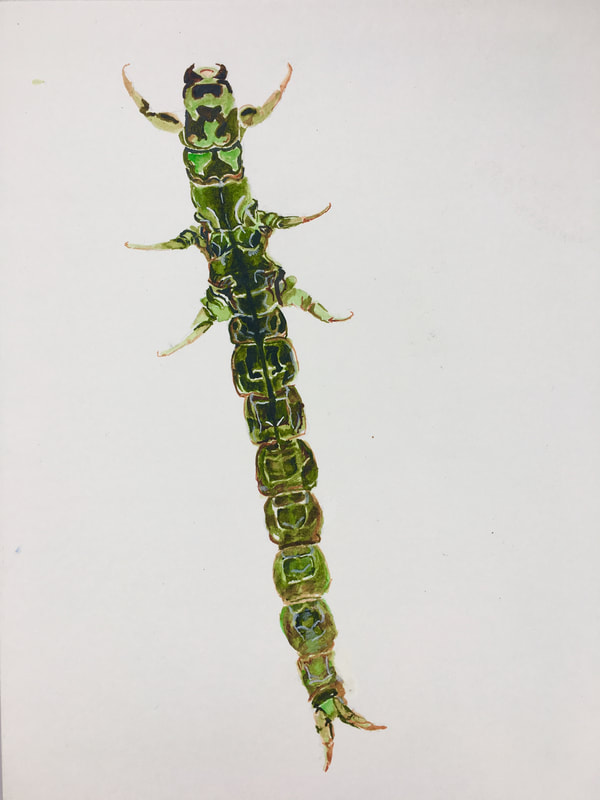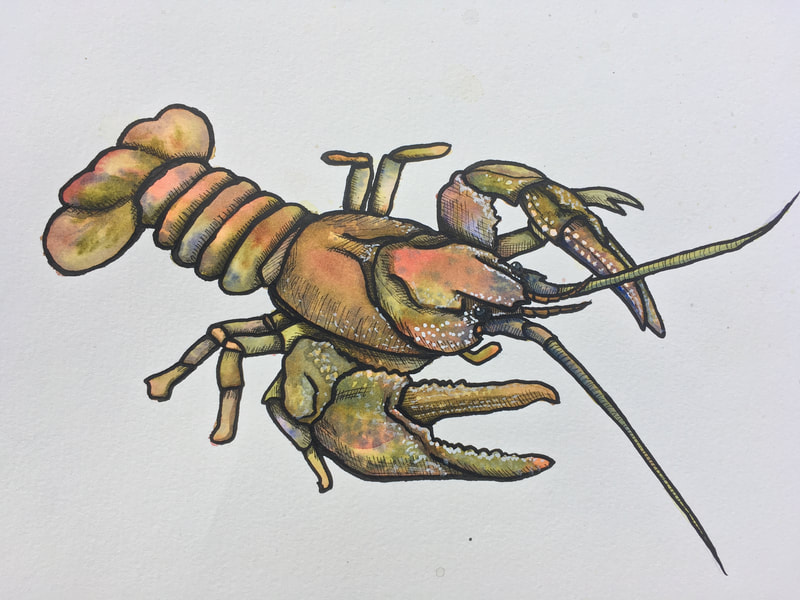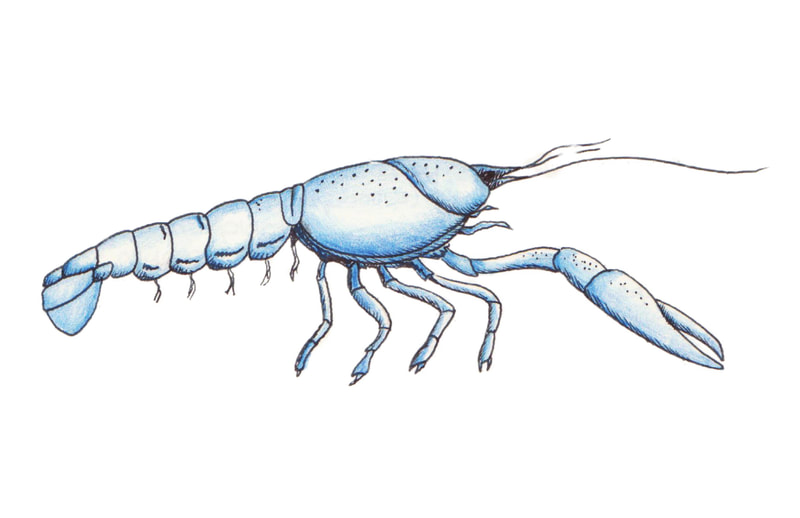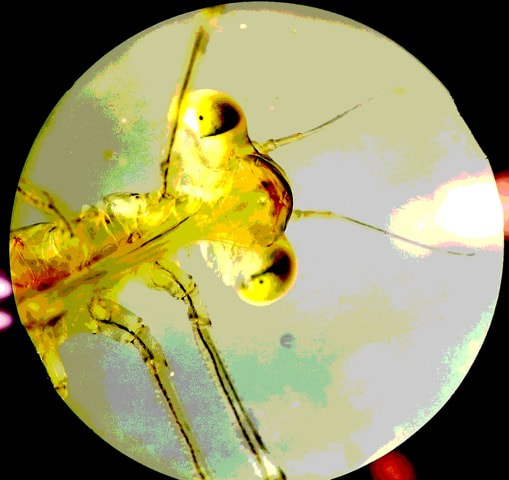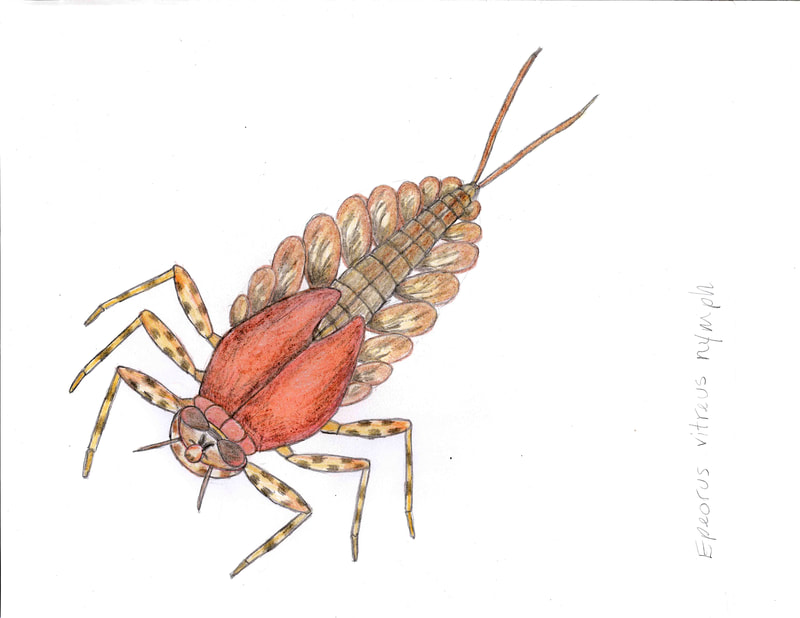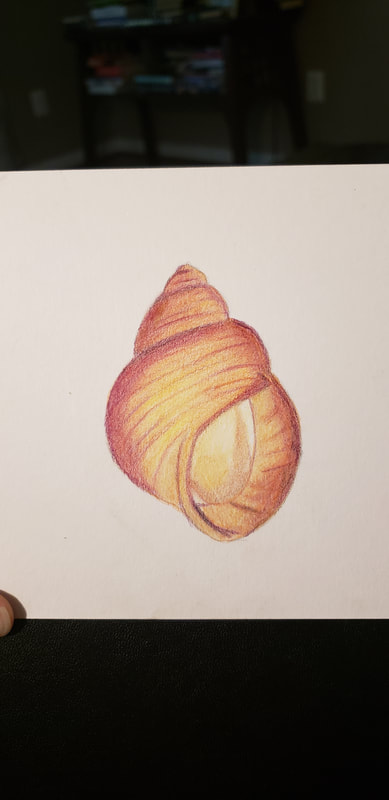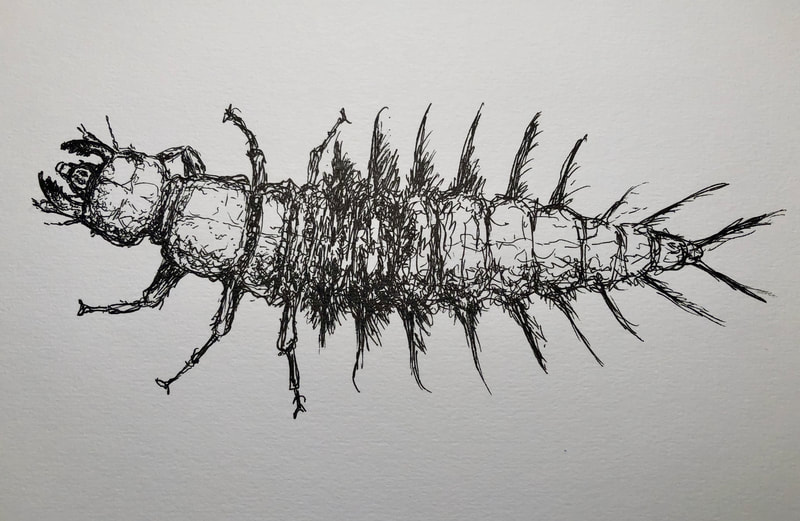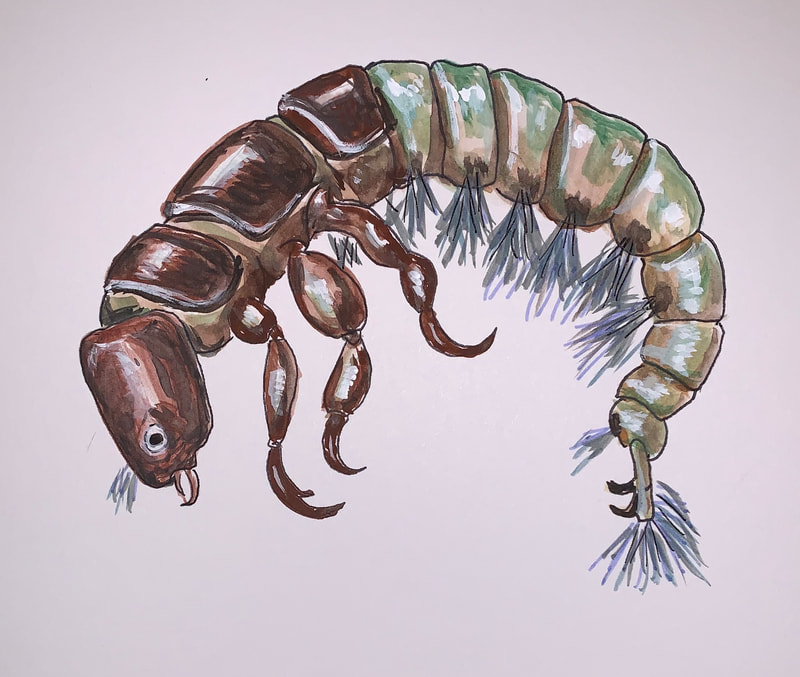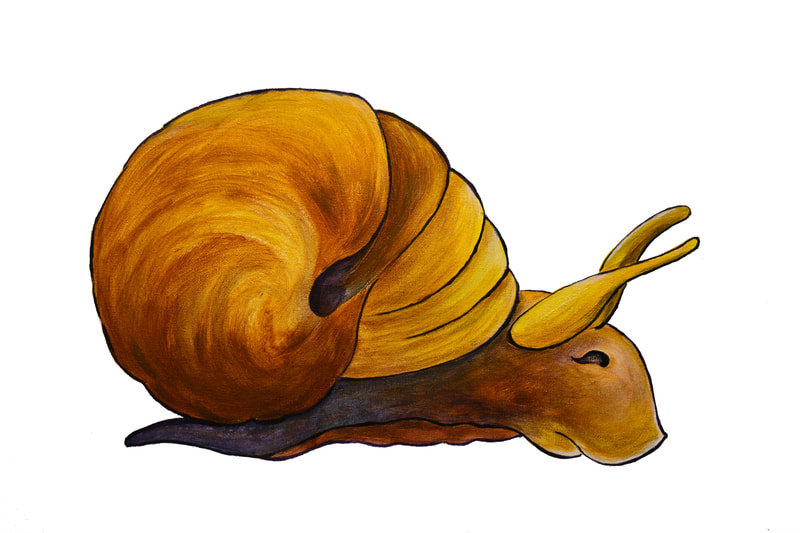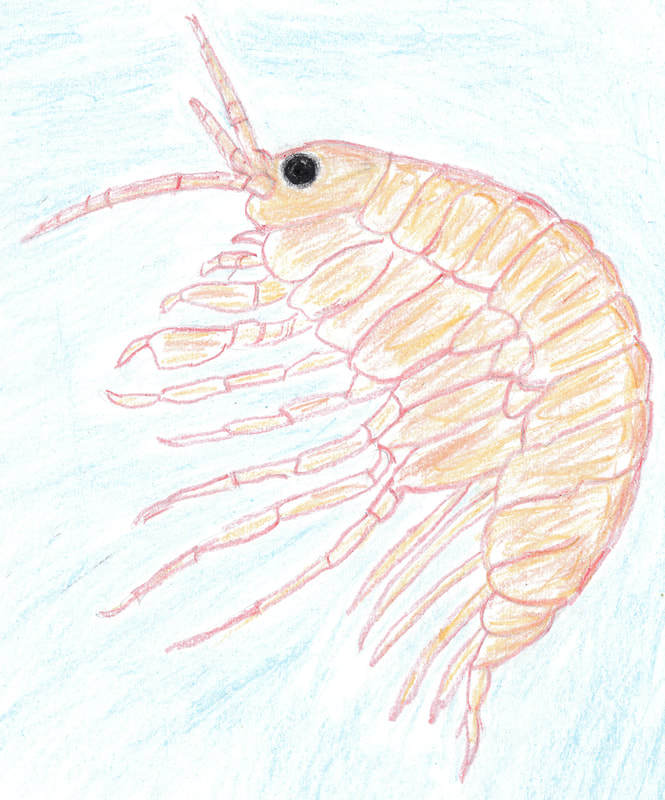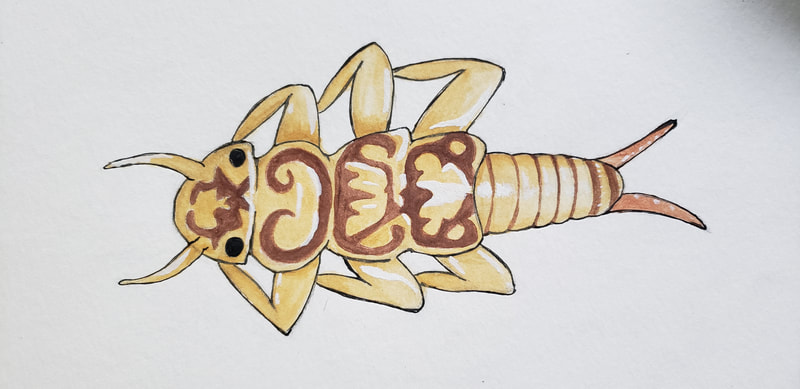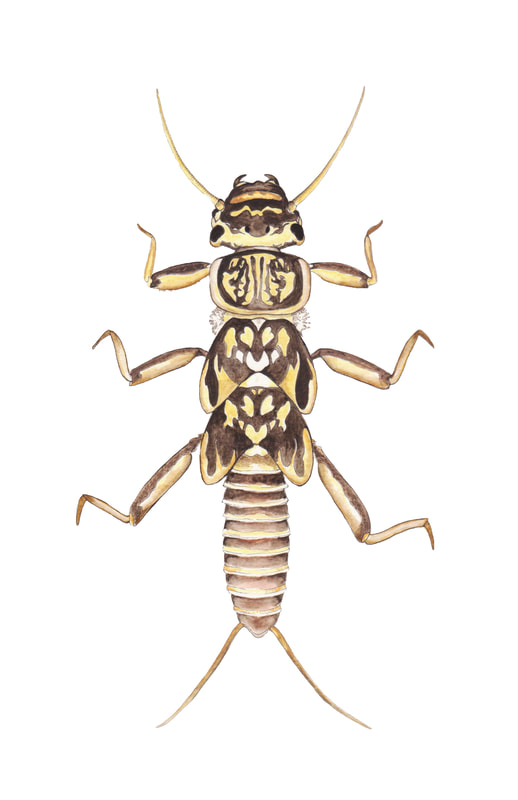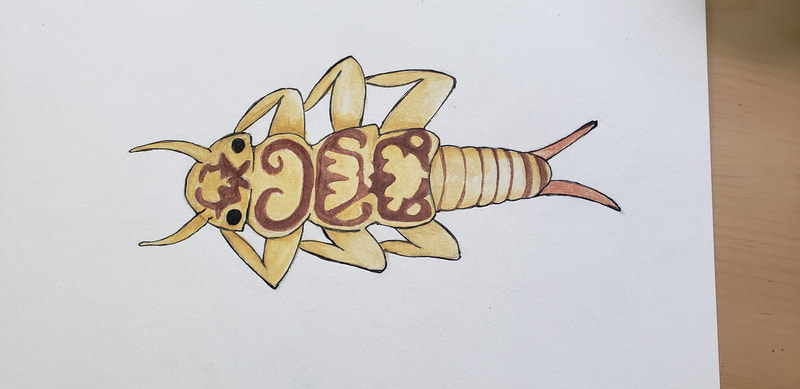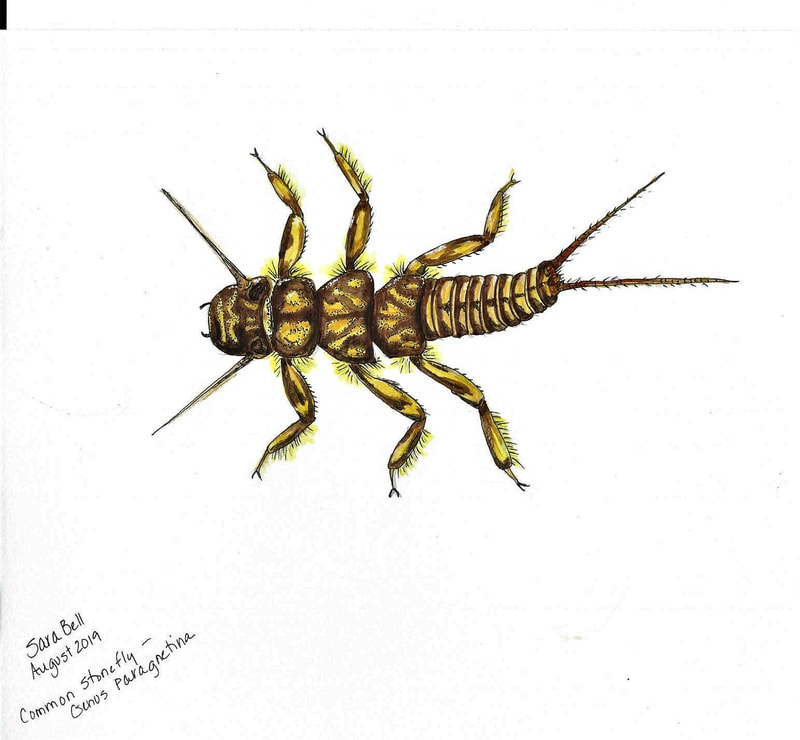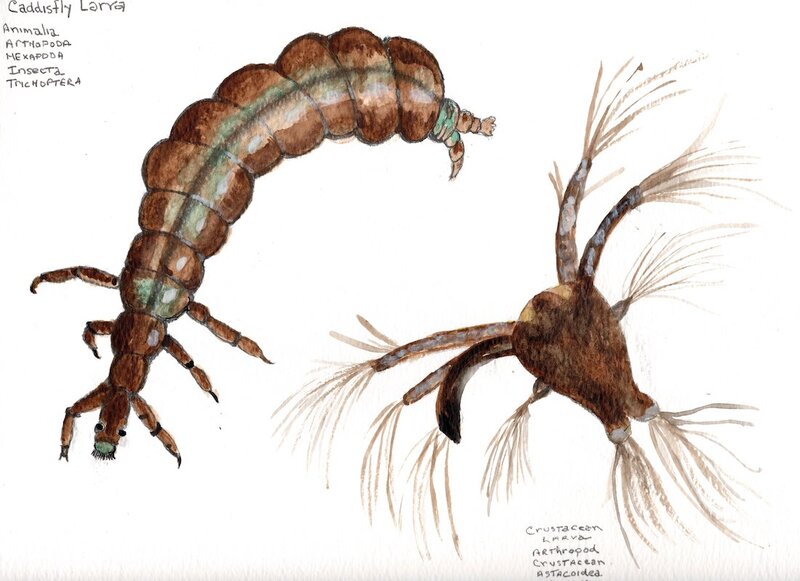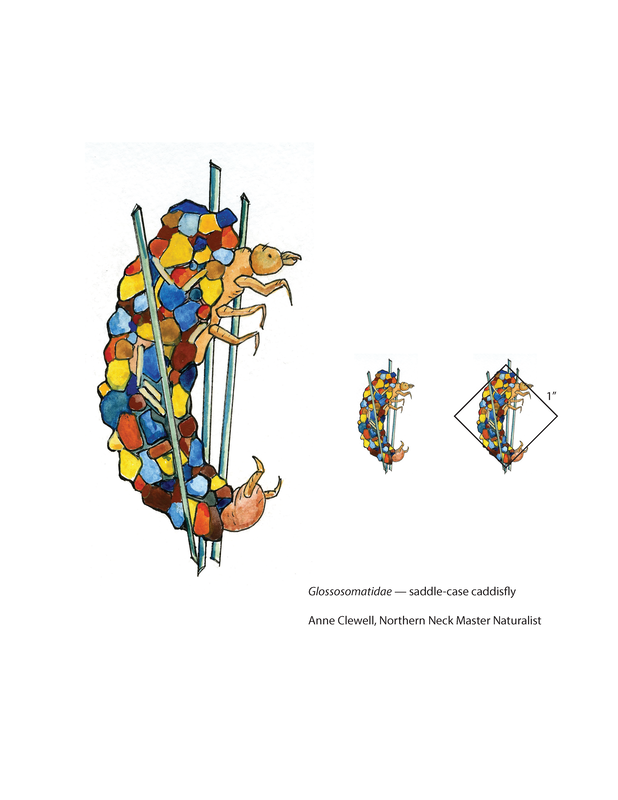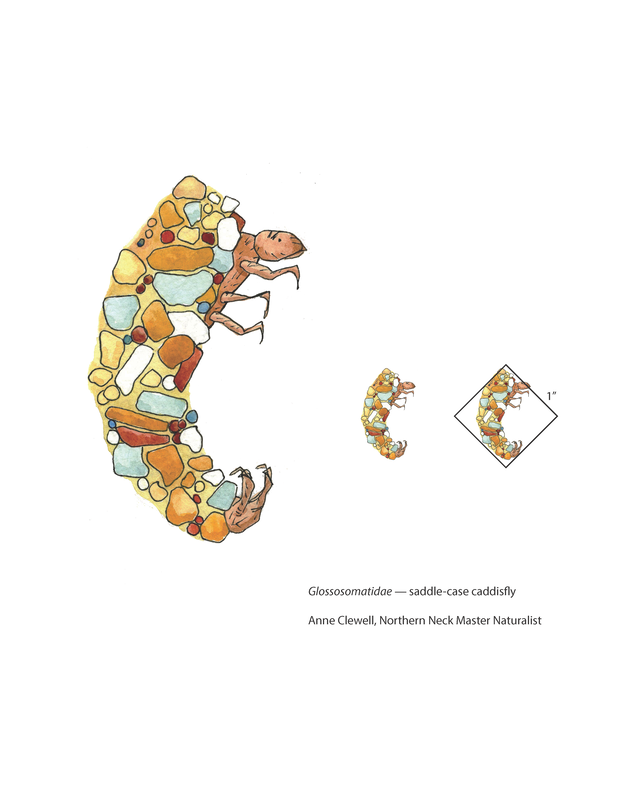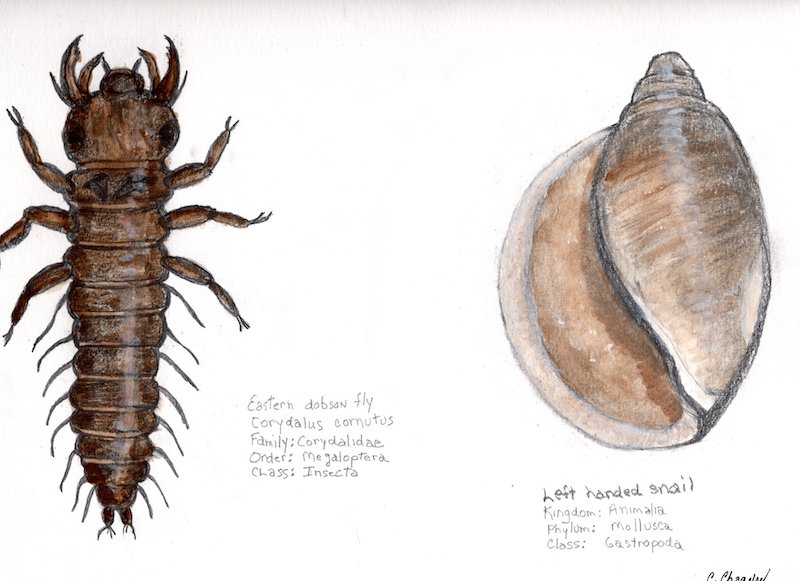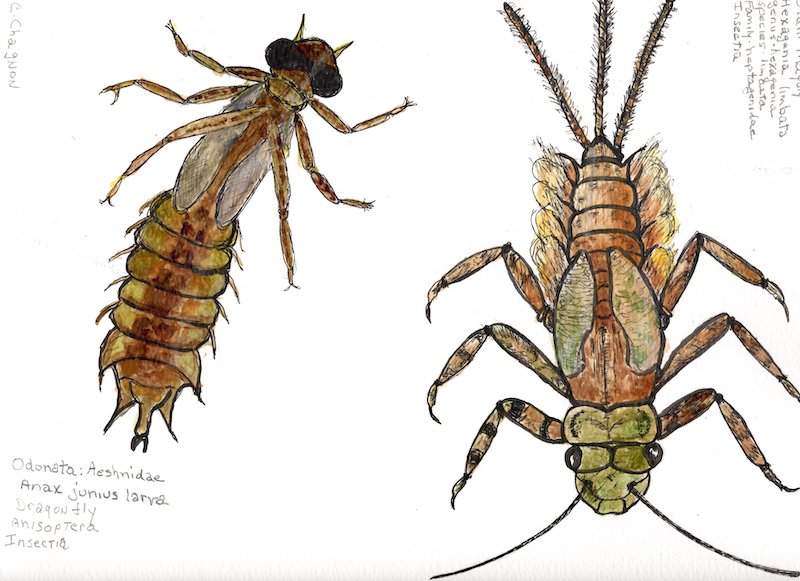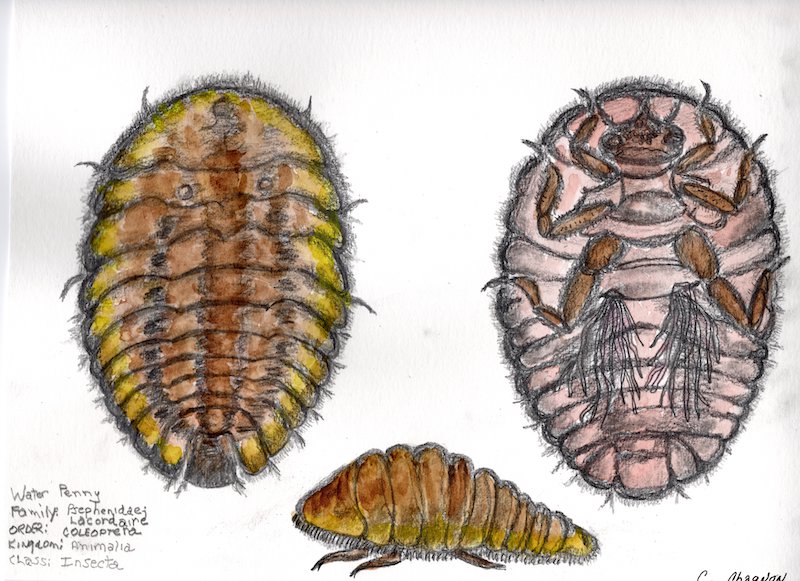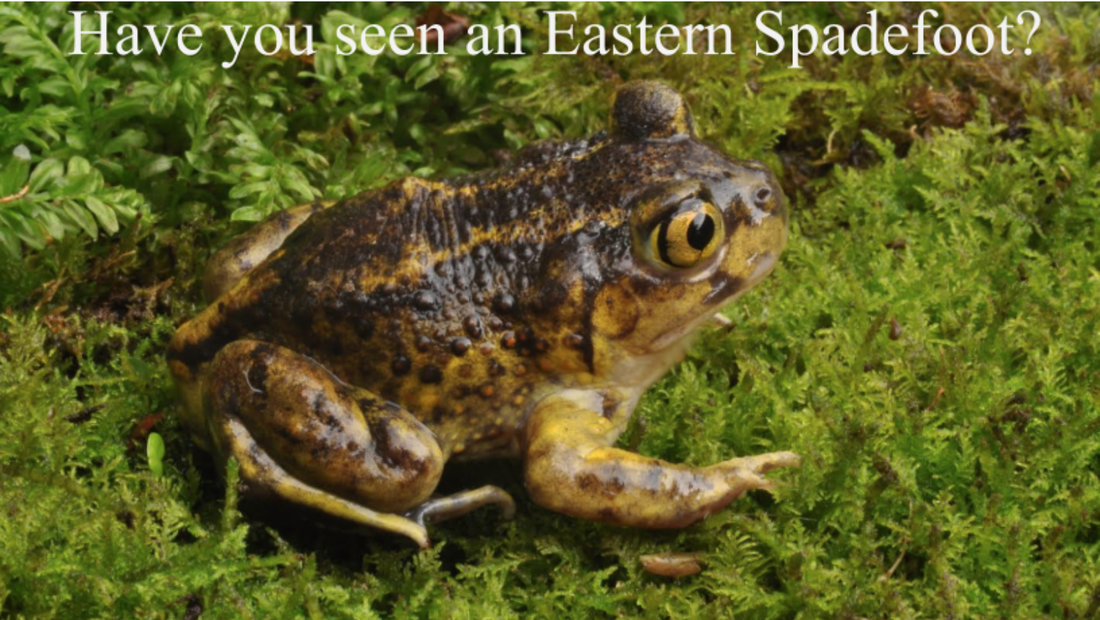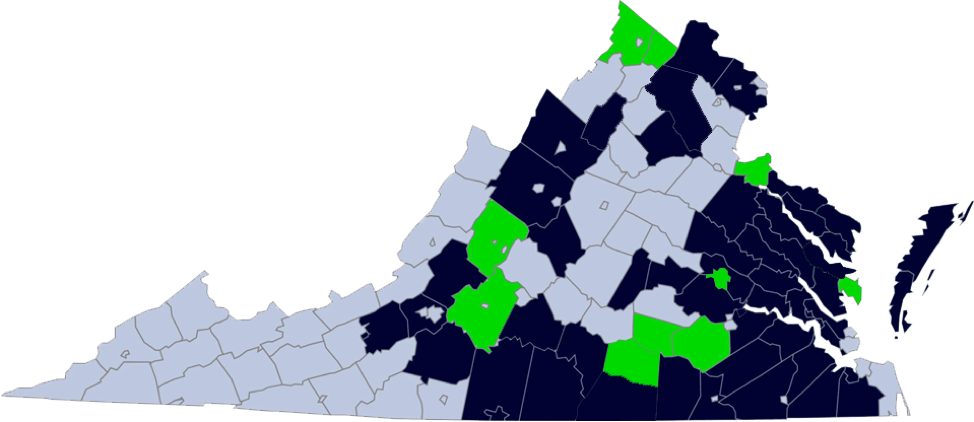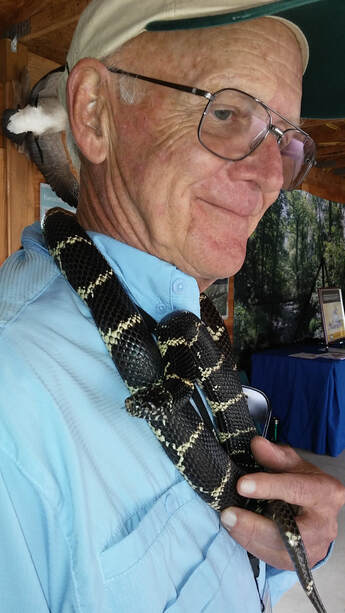VMN Volunteers Recognized with 2019 Statewide Program Awards
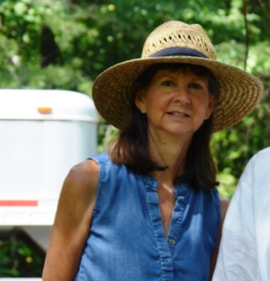 Mary Ames, VMN-Central Piedmont Chapter, was recognized as our Volunteer of the Year. Photo by Warren Rofe.
Mary Ames, VMN-Central Piedmont Chapter, was recognized as our Volunteer of the Year. Photo by Warren Rofe.
Every single one of our Volunteer of the Year nominees, as well as many who weren’t nominated, is truly a Volunteer of the Year. I am inspired every day by the service of these volunteers and the impacts they make through natural resource education, stewardship, and citizen science in their communities.
The award for Volunteer of the Year goes Mary Ames, a volunteer who is described as “warm, caring, fully engaged, and a motivating team leader.” As president of the Central Piedmont Chapter, she has developed the chapter’s website, created a newsletter, and served on the Outreach, Membership, Program, Training, and Host committees. With all of these administrative duties one would think that Mary has no time to volunteer, but she participates actively in a multitude of projects in areas of citizen science (eBird, Virginia’s Breeding Bird Atlas), stewardship (invasive species removal in state parks, Adopt-A-Trail monitoring, bluebird box building workshop), and education (Wildlife Detective Camp, kestrel presentations with Strike Force team, Junior Naturalist (4-H) Outdoor Classroom, nature presentations in schools, outreach display development and festival participation.) Thanks in part to Mary’s leadership, the chapter doubled in volunteers and tripled in volunteer service hours. “She has been instrumental in bringing our little chapter from a fledgling state to a growing group of eager volunteers,” wrote another member of the Central Piedmont Chapter.
Congratulations, Mary, and thank you for your dedication and service!
Additional Nominees for the 2019 VMN Volunteer of the Year Award
Thank you to all of the nominators, and congratulations to all of the nominees!
|
Name
|
Chapter
|
Nomination Highlight
|
|
Elizabeth Bailie
|
Roanoke Valley Chapter
|
“Elizabeth has taken our mission and run with it, directly to the Salem Museum where she has begun to restore their historic display gardens, while educating visitors and grantors alike about the importance of native plants, and their special relationships with our native pollinators. Elizabeth even set up special garden tours where she invited the public out for educational walk and talks, to showcase our wonderful partner, the Salem Museum, and our wonderful group, the Roanoke Valley Master Naturalists, and how this partnership benefits the Salem community.”
|
|
Caroline Meehan
|
Riverine Chapter
|
“In early 2017, Caroline Meehan took over the leadership of maintaining the native plant and pollinator gardens at Bryan Park in Richmond. Since that time, she has expanded the size of
the project considerably and gathered a dedicated group of volunteers. The volunteers love working with her and with each other. She creates a positive learning environment for all of us.” “Caroline makes it fun to be a volunteer.” |
|
Aileen Spurgeon
|
Alleghany Highlands Chapter
|
“Aileen’s steady, enthusiastic presence has ensured that a succession of children experience the wonder of birds through Boxerwood’s Birds for Thirds project. Whether school is in session or not, each week Aileen consistently emails us with spectacular photos of each nest box, along with brief updates. Over the past few years, we’ve tried different ways to connect third graders with the project and Aileen has been game for all of them. Her tender commitment to fledglings, both feathered and human, inspires us. Boxerwood Nature Center does not have the staff resources to do this component of environmental education. Aileen’s participation in this project makes it possible—and oh so memorable!”
|
|
Ida Swenson
|
Rivanna Chapter
|
“Whether it’s working a table at a public science event or community festival or teaching Master Naturalist trainees in the introductory course, Ida is always able to capture the attention and imagination of her audience. She is knowledgeable, dedicated, reliable and really enjoys herself. Ida’s institutional knowledge and long service on the Board of Directors is invaluable. Her unselfish devotion to the program deserves recognition. The RMN and VMN are fortunate to have her as a member and leader.”
|
|
Laure Wallace
|
Shenandoah Chapter
|
“Laure brought this project to the finish line on time and on budget. More importantly, she demonstrated the ideals of the Virginia Master Naturalist program for inclusivity, citizen science and provided an enduring platform for everyone to understand and appreciate the natural environment.”
|
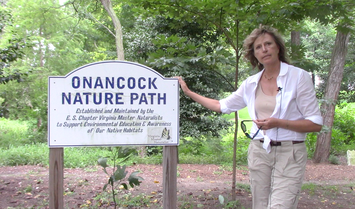 Dot Field, chapter advisor for the VMN-Eastern Shore Chapter
Dot Field, chapter advisor for the VMN-Eastern Shore Chapter
Chapter advisors play a pretty critical role in our program, but for most of them, that role is either an add-on or just a small fraction of their work assignment. We are thankful to have more than 30 people from our stage agencies willing to serve in these roles.
Three individuals were nominated for our 2019 Chapter Advisor of the Year award: George Devlin (DEQ, Roanoke Valley Chapter), Karen Duhring (VIMS-CCRM, Middle Peninsula Chapter), and Dot Field (DCR, Eastern Shore Chapter). I think it really means a lot that volunteers took the time to put these nominations in!
Dot Field is this year’s winner. Her nominator wrote, “She is well known on the Eastern Shore by colleagues, neighbors, politicians and business people. She insists on doing business locally and partnering with any organization where we can use our trained volunteers to enhance understanding of Virginia’s natural resources.”
Dot teaches basic training classes for the chapter, leads continuing education programs, leads field trips, and champions more than a dozen local volunteer service projects, many of which provide stewardship of DCR Natural Area Preserves on the Eastern Shore. Local volunteers find her both reliable and inspiring.
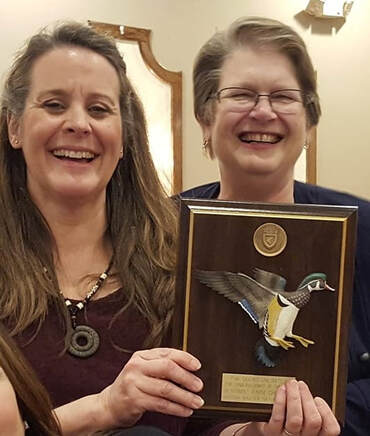 Lisa Matthews (left) and Rosemarie Nielson (right) have served as co-presidents of the Merrimac Farm Chapter and helped it thrive.
Lisa Matthews (left) and Rosemarie Nielson (right) have served as co-presidents of the Merrimac Farm Chapter and helped it thrive.
From their start in 2008 through 2016, the Merrimac Farm Master Naturalist Chapter had fewer than 20 volunteers reporting volunteer service each year. They were doing some great work, but they were having trouble keeping members engaged and active in the program. Since 2016, they have re-energized and grown tremendously, so that in 2019, they have already had 60 volunteers report service. This chapter is in our top ten in terms of volunteer hours per active member and in terms of educational contacts they make
They have formed several new partnerships with local outlets of the National Park Service, the Virginia Department of Forestry, and the Soil and Water Conservation District. They have taken on new and significant projects and successfully involved a large percentage of their chapter members in them (e.g., City Nature Challenge, MANA LEAF). At the same time, they have still maintained the relationship and work that got them started at Merrimac Farm Wildlife Management Area.
The chapter has promoted their programs so well locally that they had two basic training courses this year to meet demand. They were creative and flexible in their training this spring in order to make sure a new trainee who uses a wheelchair and another new trainee recovering from a brain injury could both successfully participate and graduate from the course.
Some solid chapter leadership really helped transform this chapter. Judy Gallagher and Kathy Madsen started things moving in the right direction. Rosemarie Nielsen and Lisa Matthews picked up the reins and have really gotten the chapter to its new level. We especially want to recognize Lisa’s efforts, as she has contributed well over 1,000 volunteer hours just in 2019.
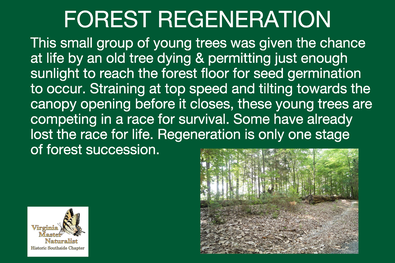 One of many interpretive signs the VMN-Historic Southside members have installed at Windsor Castle Park in Smithfield.
One of many interpretive signs the VMN-Historic Southside members have installed at Windsor Castle Park in Smithfield.
The Historic Southside Chapter embarked on an effort to help Windsor Castle Park, a town park in Smithfield, develop the natural aspects of the park to enrich park visitors’ experiences. Their plan had four initiatives: creating interpretive signs, adding ecological information to the park’s website, developing a booklet for use by group nature tours, and an outreach program to bring local schools to the park for field trips. To date, they have created and installed 14 interpretive signs at the park and added information on the ecosystems at the park to the website. They have begun offering family-oriented nature walks, and the trips for school groups are being planned. This project is a great example of how VMN volunteers can bring added value to local parks so that they are used and appreciated beyond sports fields and playgrounds.
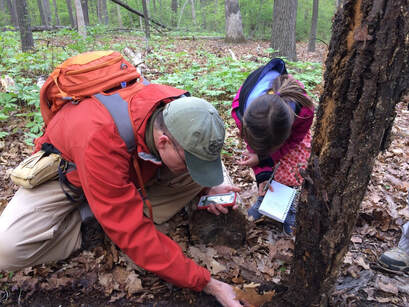 Community members examine a salamander they found on an Arlington Regional Master Naturalist-led hike in Barcroft Park in Arlington during the 2018 City Nature Challenge. (Photo by Marion Jordan, VMN-Arlington Regional Chapter.)
Community members examine a salamander they found on an Arlington Regional Master Naturalist-led hike in Barcroft Park in Arlington during the 2018 City Nature Challenge. (Photo by Marion Jordan, VMN-Arlington Regional Chapter.)
The City Nature Challenge is a worldwide series of BioBlitzes aimed at raising awareness of and documenting biodiversity in urban areas. Several of our VMN chapters participate in this effort. The Arlington Regional Chapter serves on the Steering Committee for the Washington, D.C. Metro Area City Nature Challenge, and they organize events in Arlington County, Alexandria, and Falls Church. The chapter sponsored 25 different events attended by nearly 200 people who made 4,635 observations of 803 species in the area. Can you guess what the most observed species was? Number 5 was garlic mustard (boo!), but number 1 was mayapple! The data are being used in Arlington County for updating the Natural Resources Master Plan.
 Visitors on the Sensory Explorers’ Trail at Sky Meadows State Park. Image by Marie Majarov, VMN-Shenandoah Chapter.
Visitors on the Sensory Explorers’ Trail at Sky Meadows State Park. Image by Marie Majarov, VMN-Shenandoah Chapter.
The Sensory Explorers’ Trail is a .3-mile loop located inside the chapter’s 76-acre Outdoor Laboratory area at Sky Meadows State Park in Delaplane, VA. The project goal is to provide a way for people of all ages and abilities to engage their senses in the exploration of the natural world. The scale of this project is astounding. More than 50 Shenandoah Chapter volunteers worked to conceive, research and design the trail, raised $37,000 in funding, develop its exhibits and audio tour, and complete the construction. The result is a trail designed for all, signage, print booklets, and an audio tour. We especially want to recognize Laure Wallace as the main project leader. She worked on this project for more than 2 years and demonstrated the ideals of the VMN program for inclusivity, both in terms of finding a way for every volunteer who wanted to be involved to be able to contribute, and in terms of working with partners to really make the trail accessible to a diversity of potential users. You can find the audio tour online and read a lot of the interpretive material on the chapter’s website, but we urge you to take the time to visit Sky Meadows and have the full experience.
Not many volunteers become Virginia Master Naturalists because they want to spend time on organizing their local chapter, but Chapter Administration is a critical category of volunteering on which our program depends!
In the fall of 2018, ARMN embarked on a project to help make up missed class presentations. Their goal was to increase the number of trainees who complete Basic Training on time and together with their classmates, while reducing administrative time to arrange makeups reschedule quizzes or change the timing of field trips. Volunteers videotaped all of the classes and coordinated posting them on Vimeo online, developed instructions for accessing them, and, notably, made the videos available to their neighboring chapter Fairfax. The Fairfax Chapter wrote that the videos were “extremely effective and have helped FMN students graduate at a higher rate than in memory.” And, in the Arlington Regional Chapter, they achieved a 100% completion rate for the in-class basic training, an improvement over prior years.
VMN Volunteers Recognized with 2019 Statewide Program Awards Read Post »
